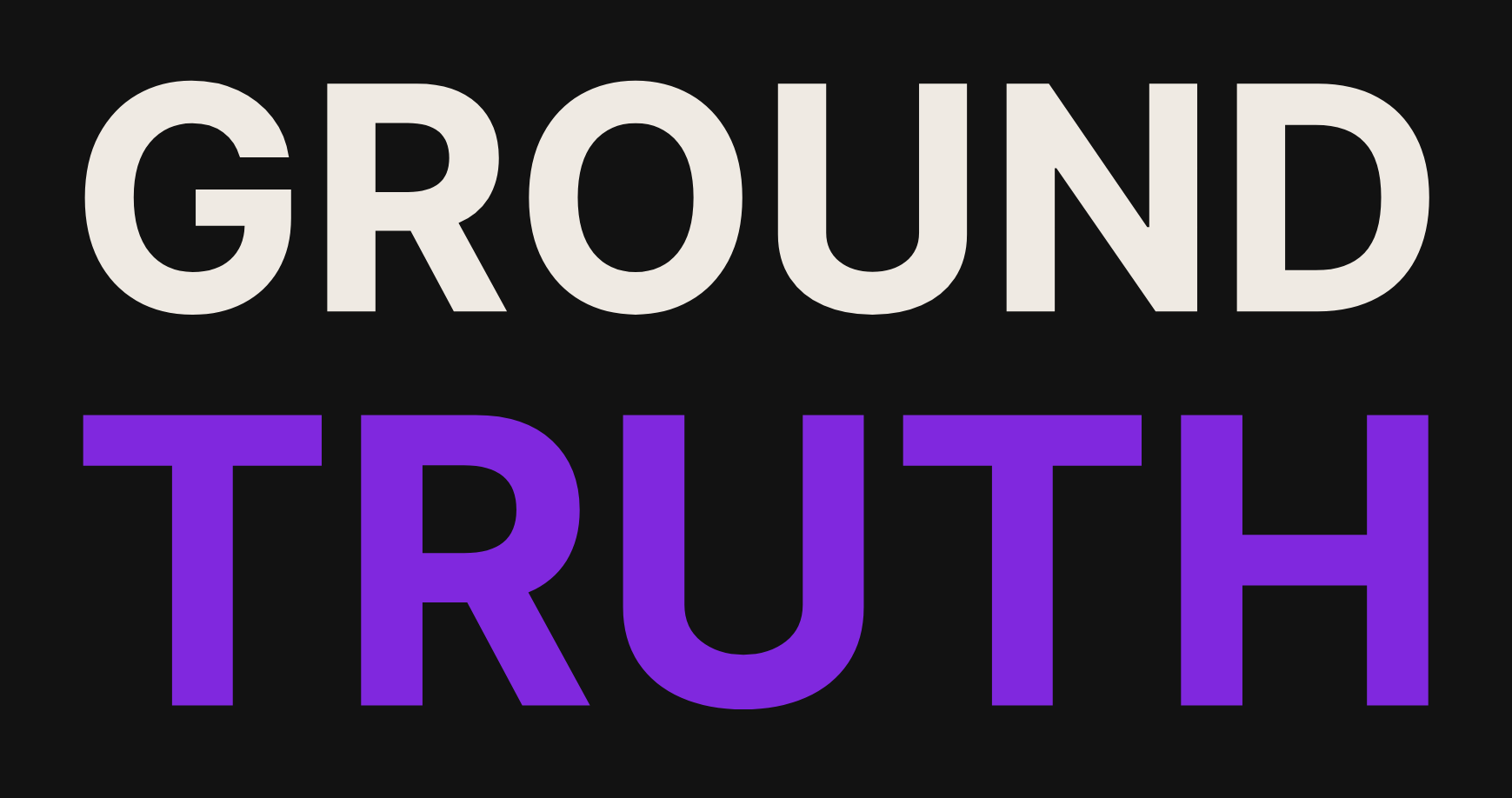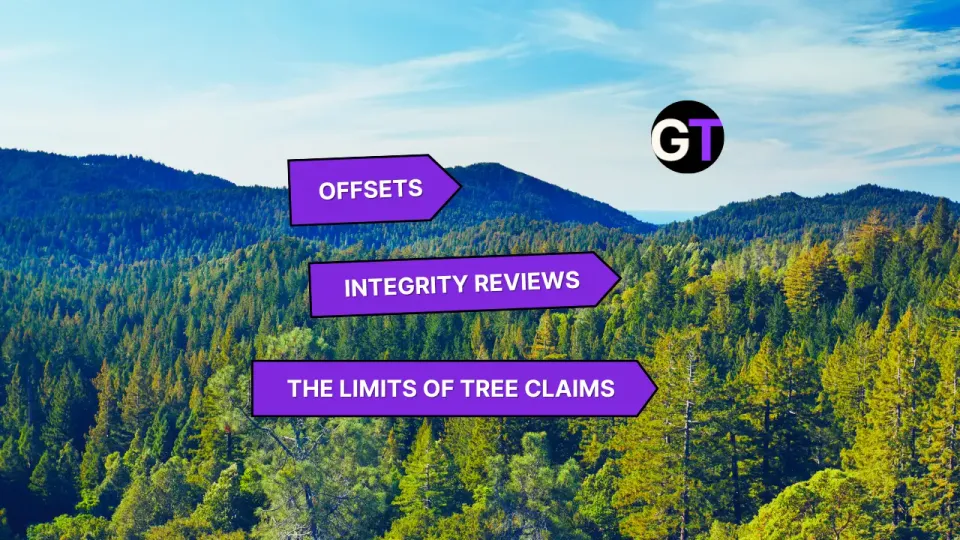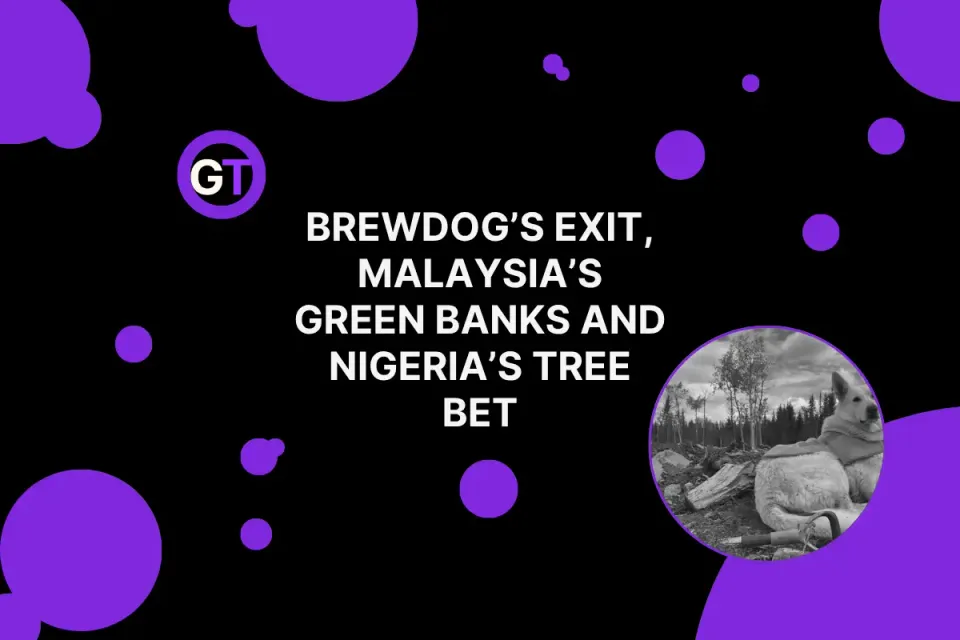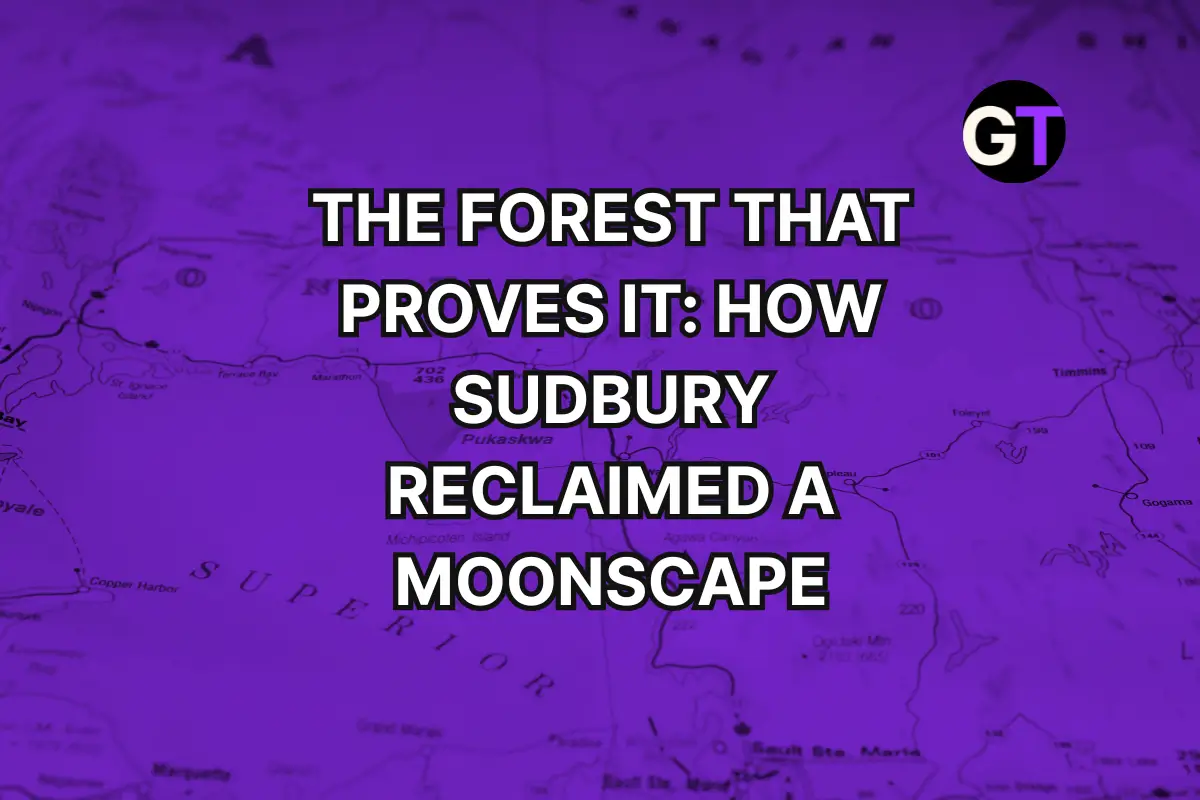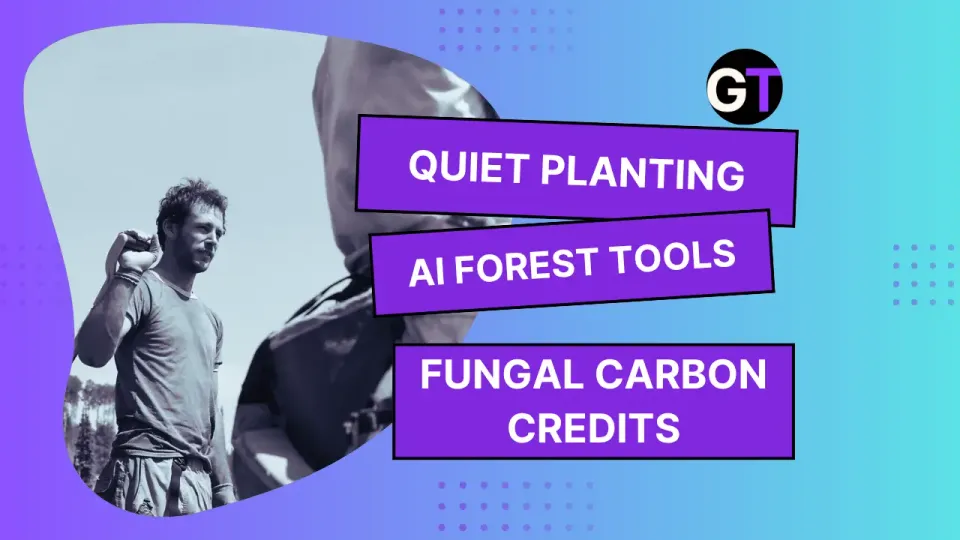Intro to Forest Definitions in Two Minutes
The definition of "forest" varies: government views highlight management success, while conservationists stress ecological depth.
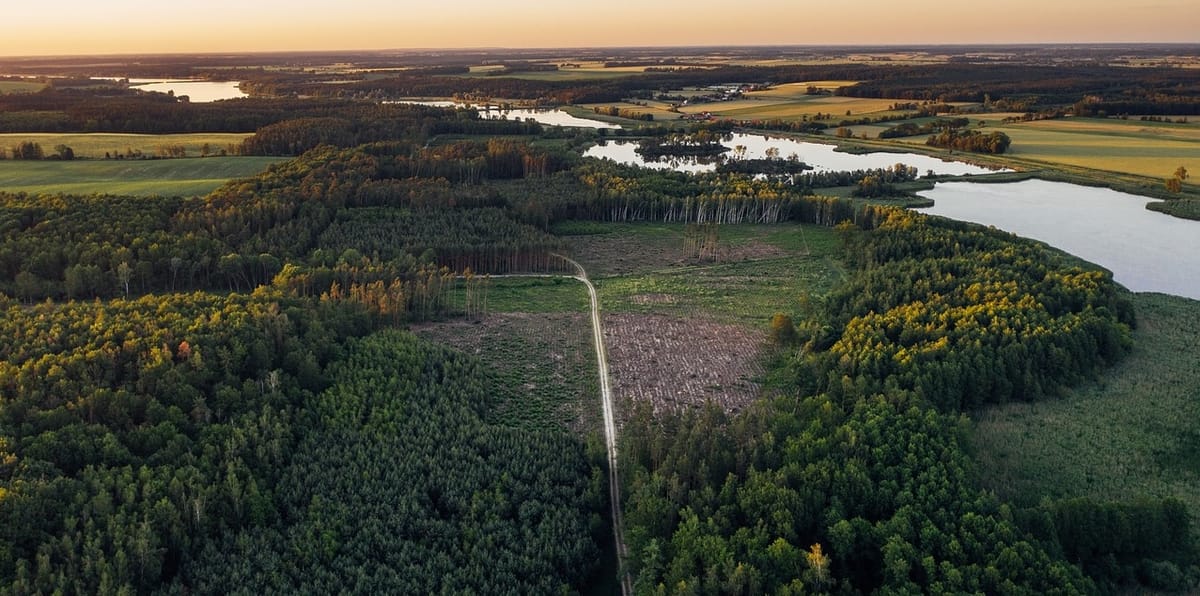
The definition of “forest” swings between two ends: a flexible, government-backed definition that shows success in forest management and carbon sequestration, and a strict conservationist view that accounts for ecological depth - which sometimes tells a different story. Here’s how these perspectives break down, with each serving different purposes.
Flexible Definitions: The “Everything Near a Tree Counts” Approach
On the extreme forgiving end of the spectrum, the annual report The State of Canada’s Forests by Natural Resources Canada (NRCan) emphasizes that forest management is highly sustainable. In the 2023 report, NRCan claims only a “0.01% deforestation rate,” but this number reflects only permanent land-use changes (like urban development). Here’s how Canada’s flexible definition works:
- Clearcuts Count: Logged areas slated for reforestation are considered “forest” even if they remain bare for decades.
- Roads Don’t Deforest: Logging roads and a broad array of human and non-human-made, are considered forests under this definition.
- Regrowth Means No Loss: Canada includes any land where trees could hypothetically regrow, keeping deforestation numbers conveniently low.
Strict Definitions: The “Real Forests” View
In contrast, reports like The State of the Forest in Canada argue for a stricter definition, seeing forest as an ecological entity. To environmental advocates, “forest” means more than standing trees; it’s about biodiversity, resilience, and old growth. Here’s what a stricter definition would look like:
- Old-Growth Only: Only primary forests—those undisturbed by human activity—count as true forest.
- Degradation Matters: Clearcut areas and monoculture plantations aren’t “forest” since they lack ecological complexity and biodiversity.
- Every Fragmentation Counts: Degradation by logging roads, even in logged forests, fragments habitats and reduces integrity, impacting species like caribou and migratory birds.
As environmental researcher Viviana Zalles points out, these varied definitions create a “headache” for tracking deforestation globally. Canada’s lenient definitions paint a positive picture, but environmental groups are pushing for standards that reflect the actual ecological toll.
Sources
Study Citation: The State of the Forest in Canada: Seeing Through the Spin. Independent Report (January 2024). Authors: Erika Rathje (report design), acknowledgments to contributors from Ktunaxa Nation Council and David Flood, Matachewan First Nation.
Climate Agreement Inspires Demand for Clear Definition of Forest Degradation in Canada. Prince George Citizen (December 14, 2023). Authors: Stefan Labbé.
"Detailed study title from Nature Article". Nature Communications (2024). Authors: Viviana Zalles, Nancy Harris, Fred Stolle, Matthew C. Hansen.
The State of Canada's Forests: Annual Report 2023. Natural Resources Canada. Authors: Natural Resources Canada, Canadian Forest Service. Data Access: Open data and resources for this study are available on Open Government License—Canada.
Edited by Stewart Mior

This work is licensed under a
Creative Commons Attribution 4.0 International License.
